To ensure gift delivery by 12/25, please place orders via UPS shipping no later than 12/17.
CloseTransforming Transition
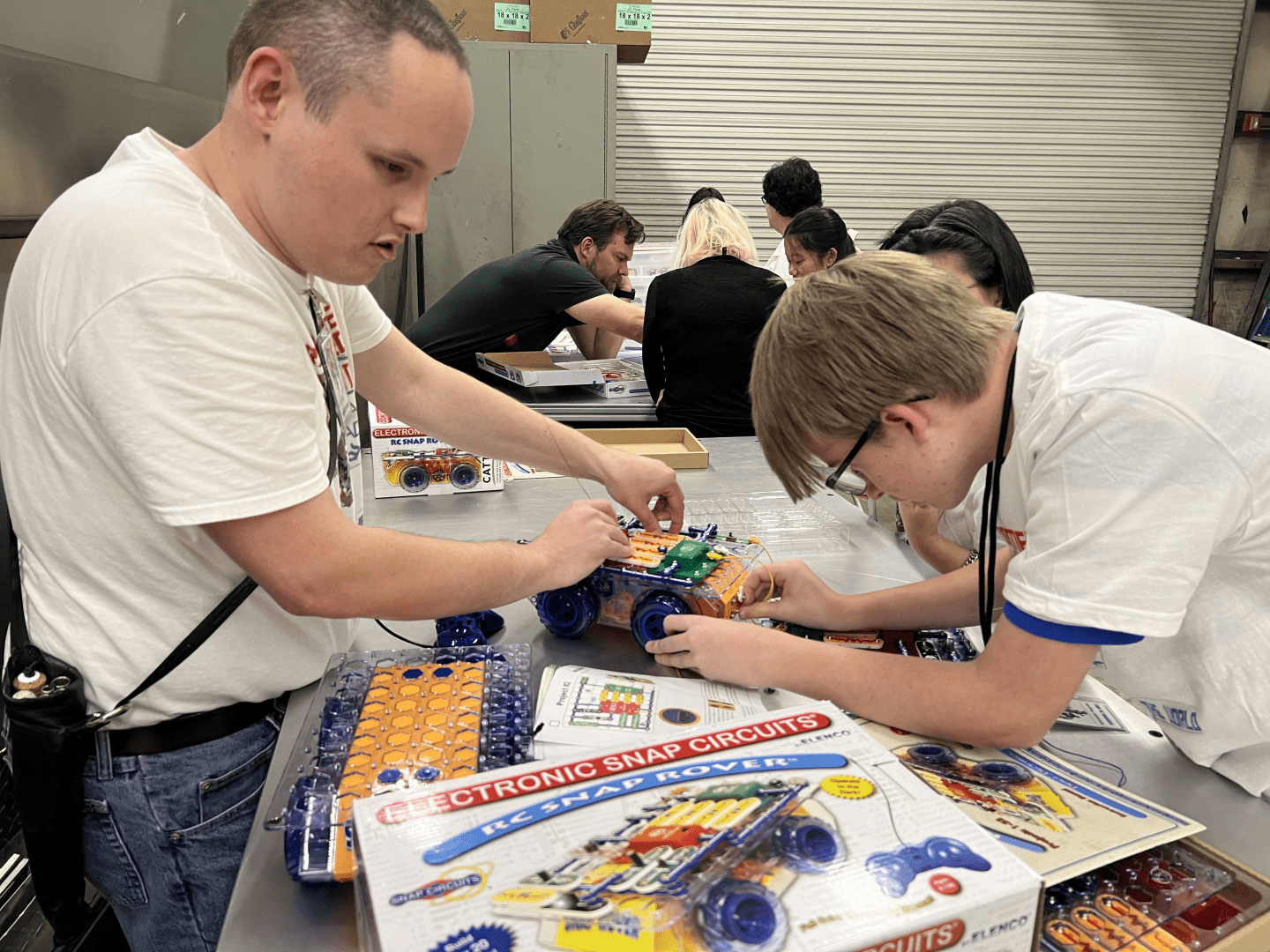
Transition is that stage when a student begins to think outside of the school system and starts to identify and act on their personal goals. This point is often when they need that spark of encouragement the most. Creative transition programs are a key component of educating young students with disabilities.
One of the highlights of my career has been the creation and subsequent implementation of experiential programs for transition aged youth who are blind or low vision. For years, and now during my time as a trainer for the Center for Assistive Technology Training (CATT), I’ve teamed up with the great Isaac Beavers, Executive Director of Field Services at the Alabama Institute for Deaf and Blind (AIDB), and a statewide team from Alabama Department of Rehabilitation Services (ADRS) to engage young, interested minds in the ideas, skills, and concepts needed for life after high school.
The programs we’ve implemented in Alabama are creative and unique experiences that revolve around different career exploration goals and elements of the Expanded Core Curriculum (ECC). A guiding principle of our transition events is the inclusion of and instruction from mentors with disabilities. We know that students need to see themselves represented to envision the possibilities of their own future.
Keeping It Fun
Each year the specific goals and theme of the event change. The theme usually revolves around some element of pop culture relevant to young students. In previous years we have held classics such as “Zombie Transition Apocalypse,” “The Wonder Games,” “STEM WARS: The Career Force Awakens,” “Guardians of the Cyber Galaxy,” and “STEMFINITY Wars.” Respectively, these programs focused on blindness skills and mentoring, careers in STEM, concepts and careers within the field of Cybersecurity, and the combination of STEM and the ECC.
Activities at each of these events have varied widely and have been enhanced by many of the products from the American Printing House for the Blind. Typically five or six of these programs are held each year in various regions of Alabama to serve a wide array of learners in a large range of educational settings.
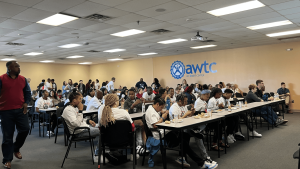
This year’s transition event theme was “Transformers 2020,” which was originally planned as a live program in 2020 but was postponed due to the Covid-19 pandemic. After several years and virtual events later, the “Transformers Transition” event returned in person and has been our largest series of events to date, serving more than 110 students along with over 80 parents and teachers of the visually impaired. We partnered with the Alabama Industrial Development Training (AIDT) program to host students in grades 9-12 who are low vision, blind, deaf, or hard of hearing at various manufacturing training centers across Alabama.
Exploring Through Activities
Each regional event featured two general sessions about resources, programs, and seasonal camps and had a separate training track for TVIs and parents. Students’ agendas were filled with concurrent team-based activities that were created to promote job exploration, team cooperation, social interaction, and friendly competition. Student teams led by Vocational Rehabilitation Counselors and AIDB Case Managers were divided up and then sent into three activities: Local Activities, The Soft Skills Game Show, and Limitless Inc. At the end of the event, winning teams and outstanding participants were awarded a wide range of prizes, including hats, gift cards, and Snap Circuits Jr, Snap Rover, and Snapino kits for a lucky few.
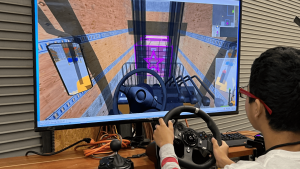
Different local activities were based on the manufacturing specialty of the region. For example, the Transformers event at Alabama Flightworks in Mobile, Alabama, focused on airplane history and manufacturing with hands-on activities in a flight museum, while the event at Robotics Technology Park in Tanner, Alabama, centered on manufacturing with lessons from the talented Larry Harris about robotics, virtual welding and forklift training, robotic arm operation, and a Boston Dynamics-style robotic dog. These are only two examples of the five regions and activities, but, resoundingly, the AIDT team consistently responded to our request of inclusion and created innovative practical activities for our students from the perspective of a manufacturer.
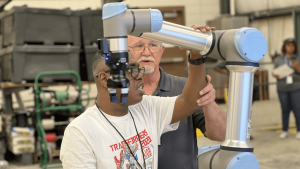
We also had in-house activities that did not change based on the region. These were typically led by professionals and mentors with disabilities. Our Soft Skills Game Show was a popular activity that included a general session discussing the importance of career readiness and the qualities of a successful employee. Later, teams of students went head-to-head in a family feud-style game show, hosted by the charismatic James Carr, to test their soft skills.
Finally, Isaac Beavers and I led the Limitless Inc’ mock factory activity, where teams had to determine their roles to produce the best conference bags in the world. The teams were responsible for organizing, preparing, packing, and quality checking the entire process, with several in-activity obstacles to overcome.
Within this activity, a team of students in each factory were designated as “Limitless Engineers” and used Elenco Snap Circuits Jr. kits to build functioning electrical circuits and fan systems. These STEM jobs were critical in moments when the power or air malfunctioned in the factory, and all mock production stopped until the team repaired the issues.
Another team of engineers was assigned to the Snap Rover kit, where they served as the “Limitless Inc Shipping Department,” building their remote-controlled vehicle just in time to celebrate the last bag being produced.
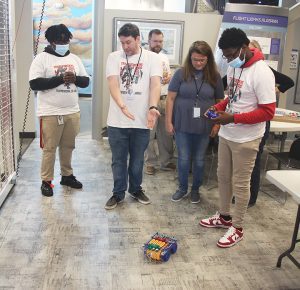
The activities I mentioned above were not made with APH products in mind, but rather the lessons we created to achieve career and transition goals were dramatically enhanced by the incorporation of APH products. If you enjoy this work as much as I do, take a moment to think about your own programs, think about mentors and partners in your state, browse the APH catalog if you haven’t lately, and consider the ways you could spark creativity, excitement, and engagement for your students and inspire their goals beyond school.
Share this article.
Related articles
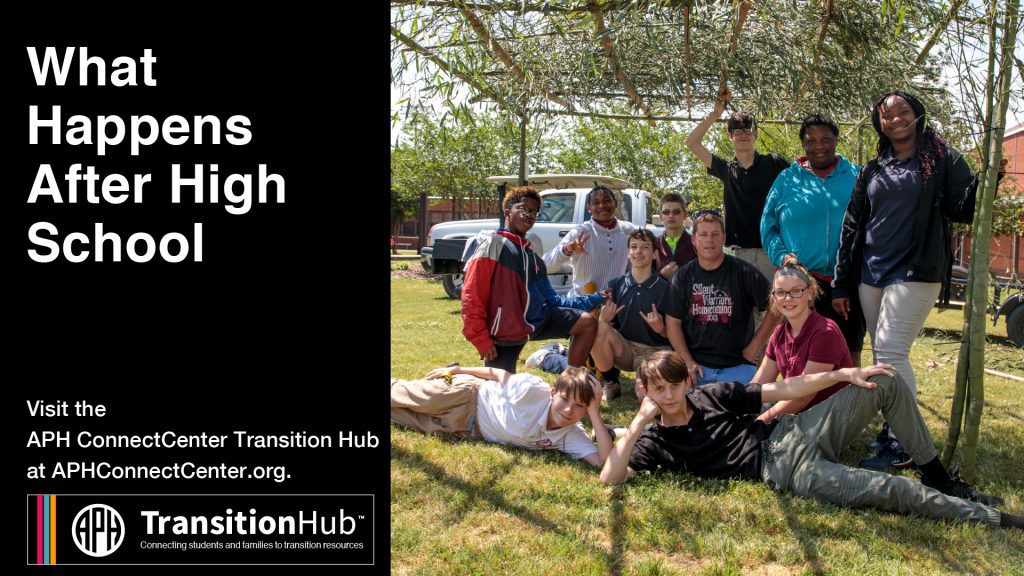
Introducing the APH ConnectCenter Transition Hub
Just in time for the new school year, the new APH ConnectCenter Transition Hub is a one-stop, easy-to-use, searchable resource...
